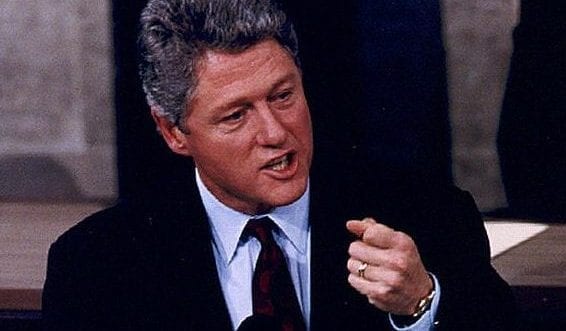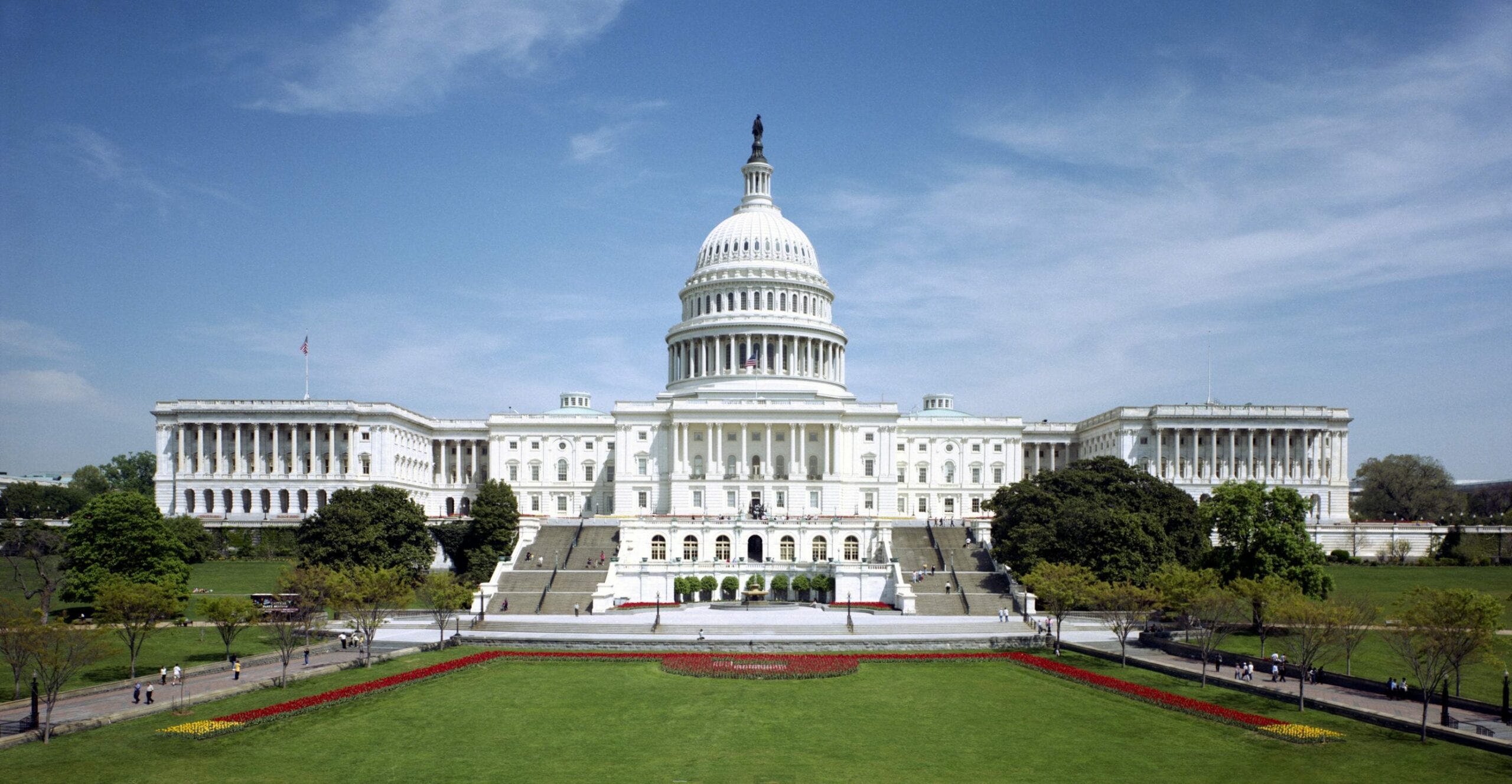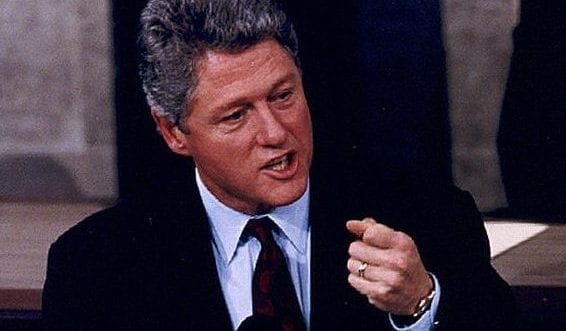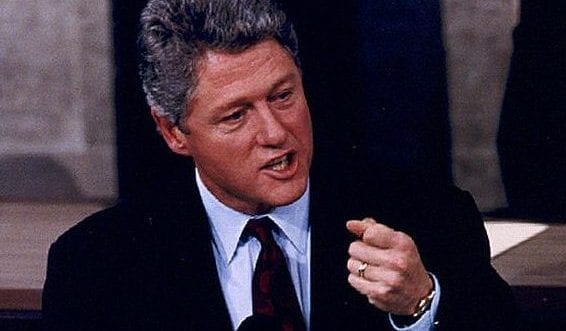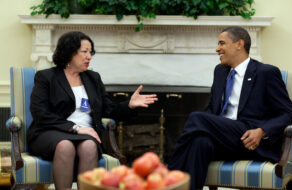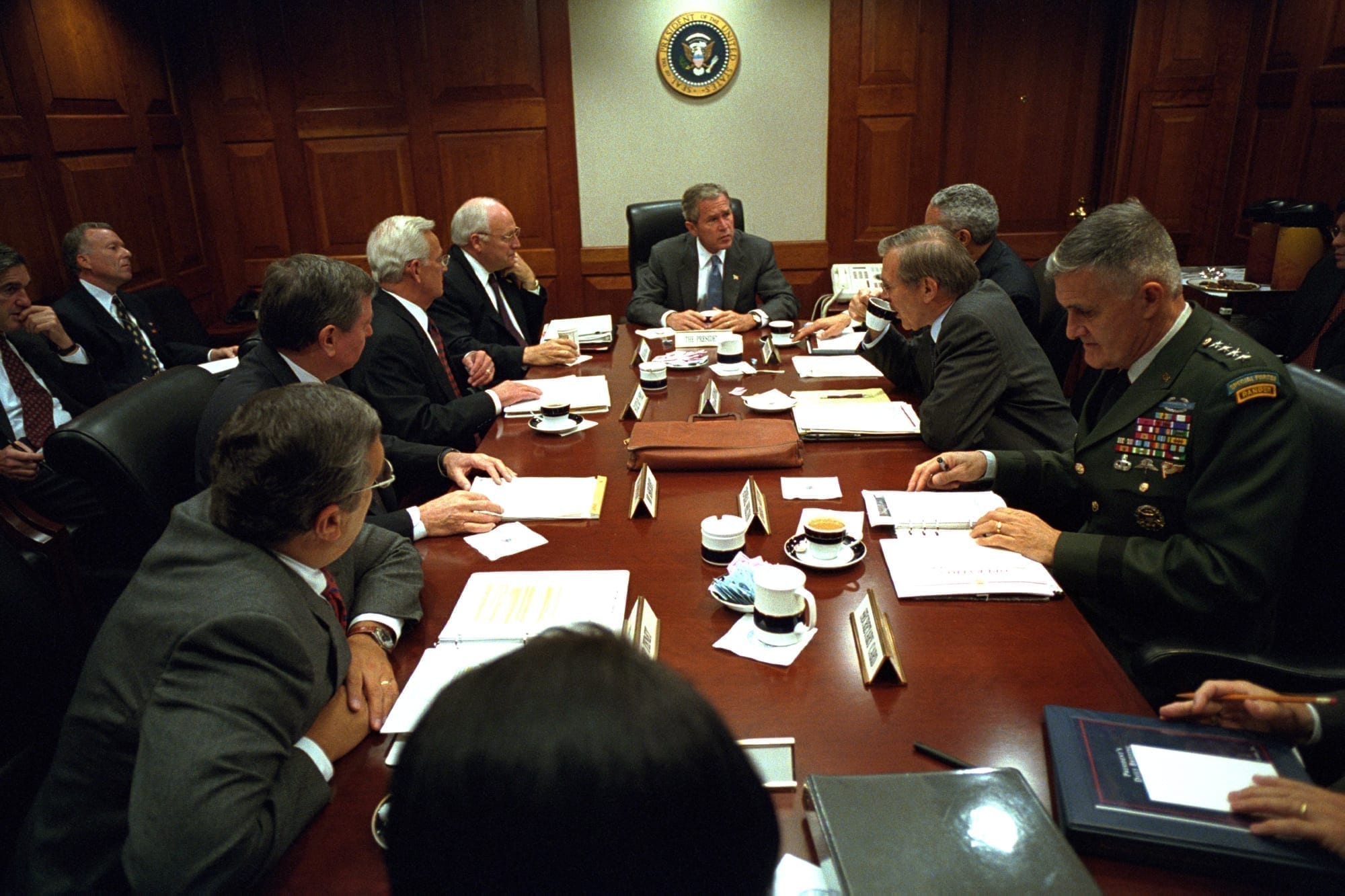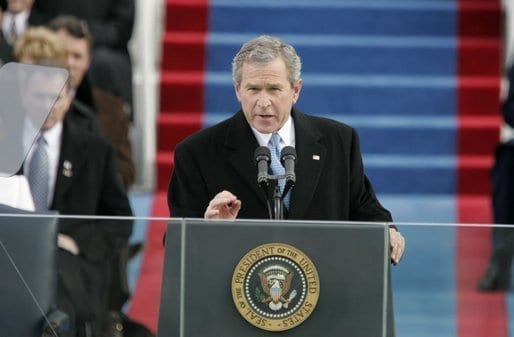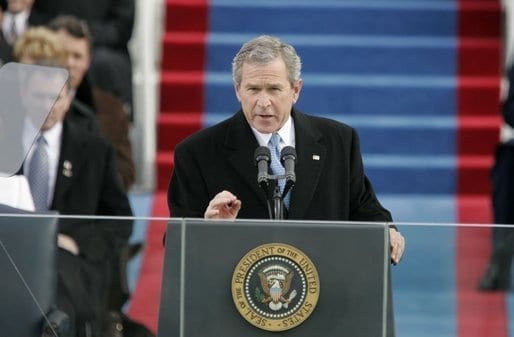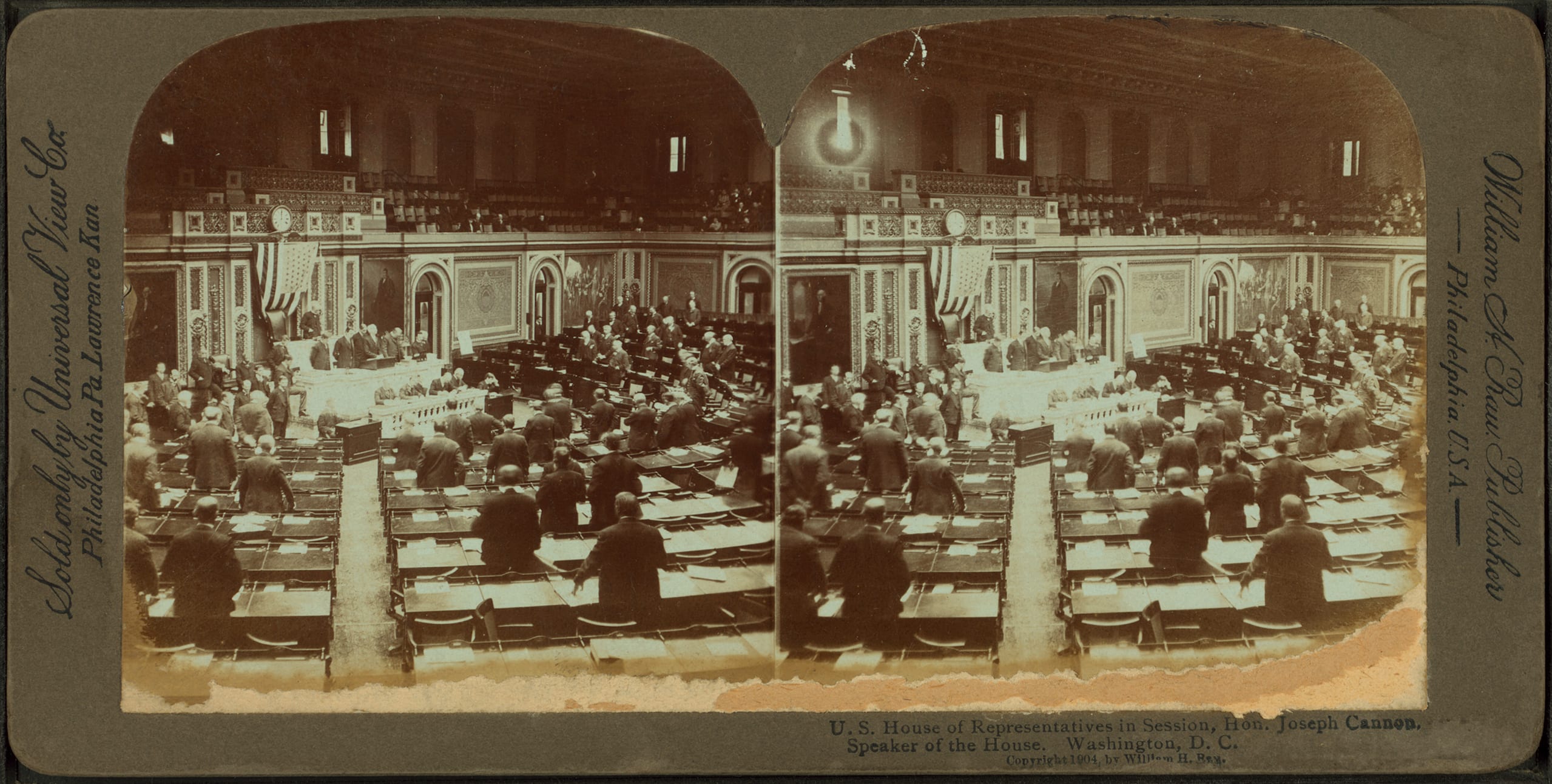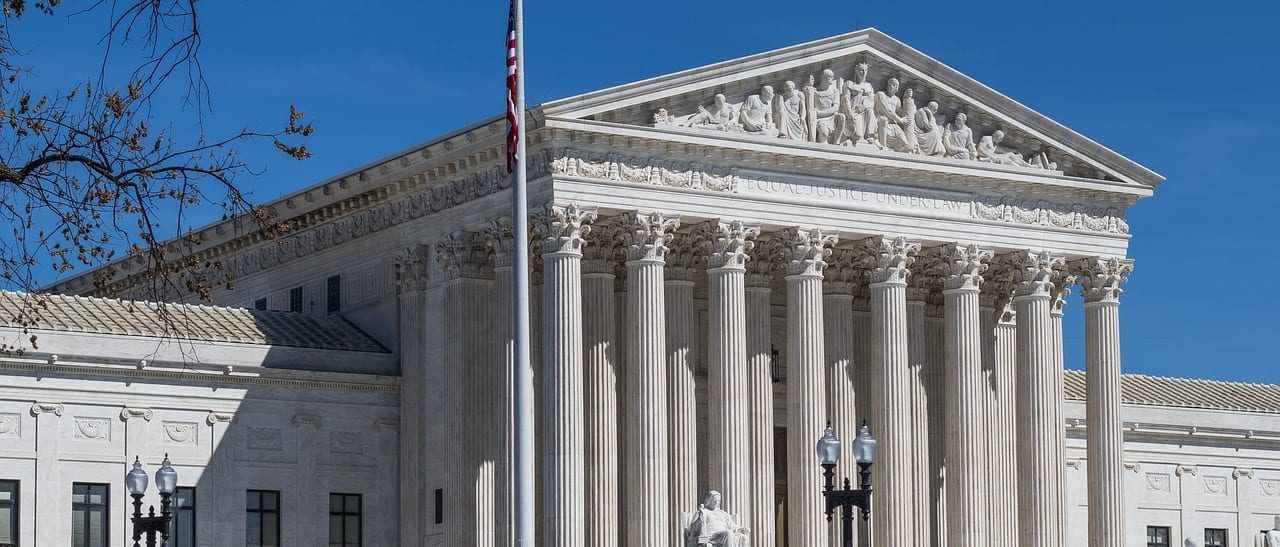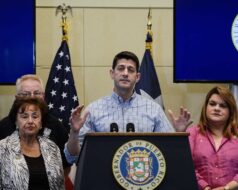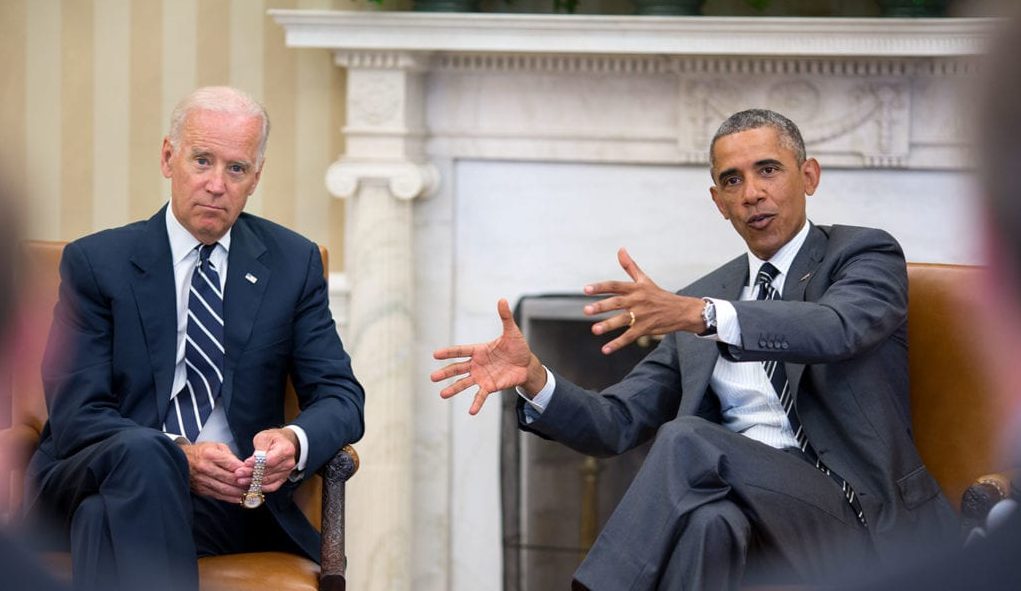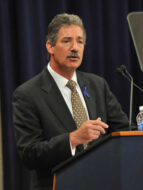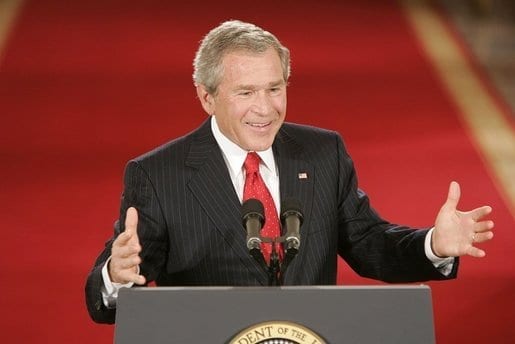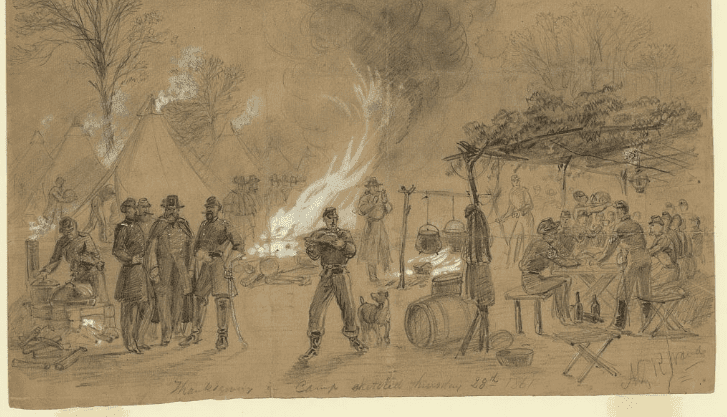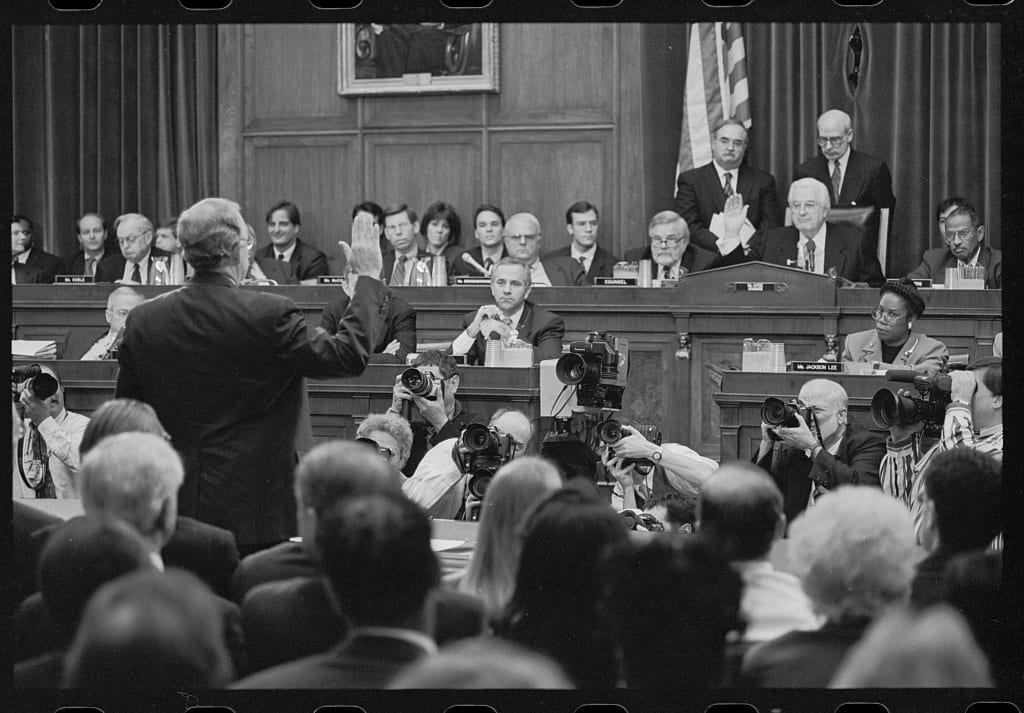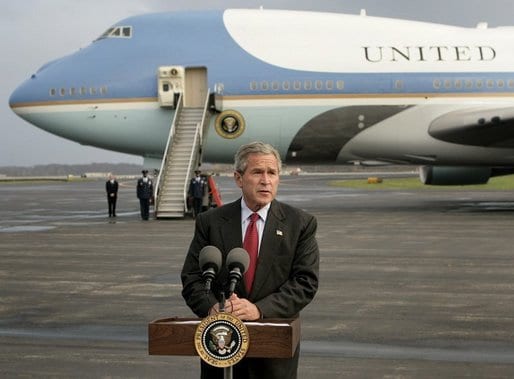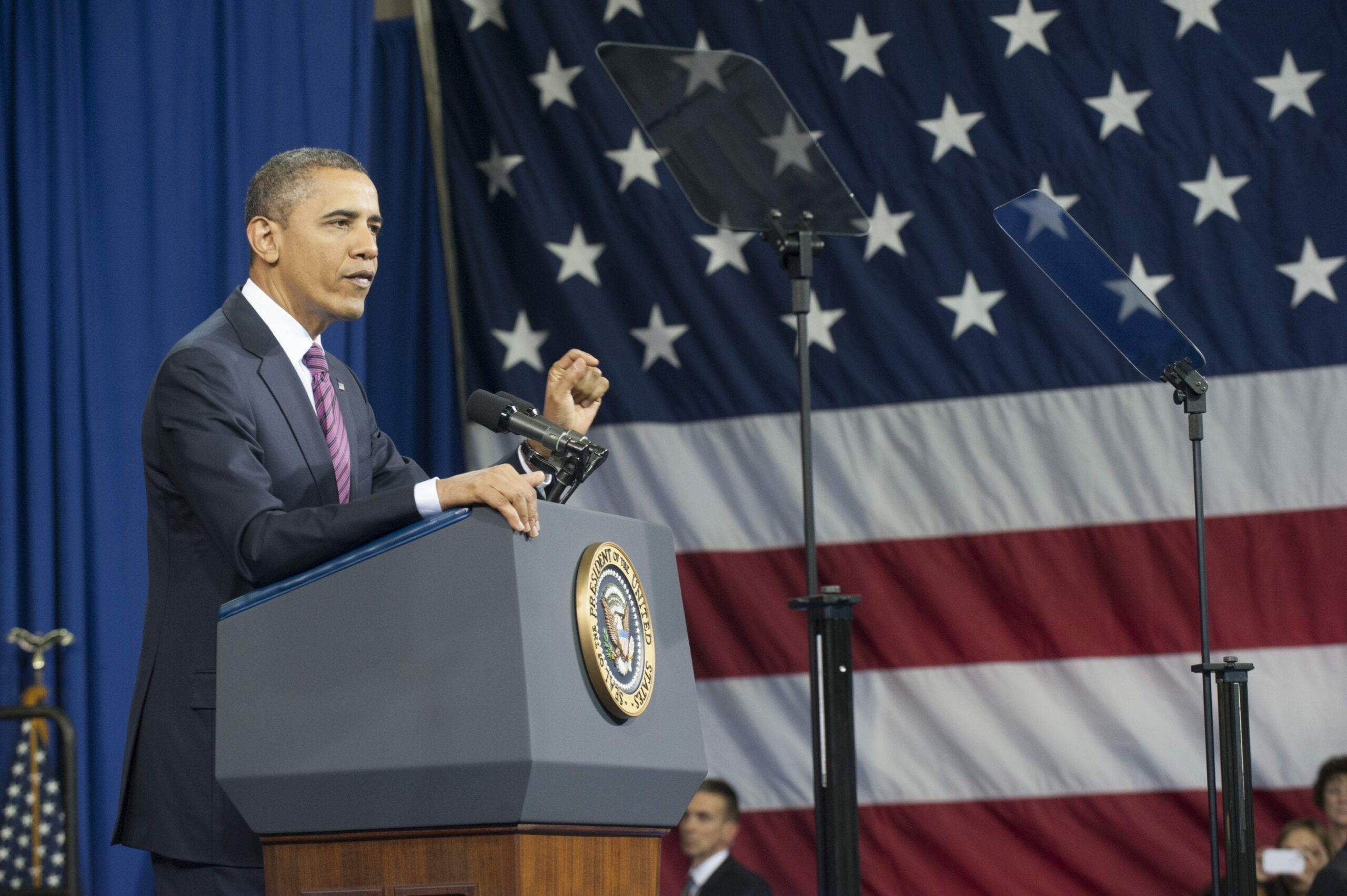
No study questions
No related resources
Introduction
Ronald Reagan won election as president in 1980 promising to restore American self-confidence undermined by a decade of low economic growth, inflation, the Iranian hostage crisis (November 4, 1979 – January 20, 1981), and the apparent success of the Soviet Union in extending its influence in Africa, the Middle East and Central Asia. (The Soviet Union invaded and occupied Afghanistan in December 1979.) Central to Reagan’s plans was reviving the American economy. After a deep recession early in Reagan’s first term, economic growth remained strong for the rest of the 1980s. The Berlin Wall fell in November 1989; Germans united their country by October 1990; and a year later, the Soviet Union collapsed. A few months before German reunification, the U.S. economy entered a recession that lasted until March 1991, although its effects, including unemployment, lingered on. (Unemployment reached a height of 7.5% in 1992, in part because of layoffs in defense industries as the Cold War ended.) The economic downturn, and a sense that a new era had begun with the end of the Cold War that required new leadership, helped Bill Clinton win election as President in November 1992. Clinton’s unofficial campaign slogan was: “It’s the economy, stupid.” Like Reagan twelve years before him, Clinton made restoring the economy a central part of his plans. The economic recovery was underway before Clinton took office. The economy continued to grow strongly throughout the decade until another brief recession occurred in 2001. Economists debate the effect of both Reagan’s and Clinton’s policies on the economic growth America enjoyed during their presidencies.
Ronald Reagan, “Address to the Nation on the Economy,” February 5, 1981. President Reagan’s Public Speeches and Statements, Reagan Presidential Library. https://goo.gl/Wt6UVR.
Good evening.
I’m speaking to you tonight to give you a report on the state of our Nation’s economy. I regret to say that we’re in the worst economic mess since the Great Depression.
A few days ago I was presented with a report I’d asked for, a comprehensive audit, if you will, of our economic condition. You won’t like it. I didn’t like it. But we have to face the truth and then go to work to turn things around. And make no mistake about it, we can turn them around.
I’m not going to subject you to the jumble of charts, figures, and economic jargon of that audit, but rather will try to explain where we are, how we got there, and how we can get back. First, however, let me just give a few “attention getters” from the audit.
The federal budget is out of control, and we face runaway deficits of almost $80 billion for this budget year that ends September 30th. That deficit is larger than the entire Federal budget in 1957, and so is the almost $80 billion we will pay in interest this year on the national debt.
Twenty years ago, in 1960, our federal government payroll was less than $13 billion. Today it is 75 billion. During these twenty years our population has only increased by 23.3 percent. The federal budget has gone up 528 percent.
Now, we’ve just had two years of back-to-back double-digit inflation – 13.3 percent in 1979, 12.4 percent last year. The last time this happened was in World War I.
In 1960 mortgage interest rates averaged about 6 percent. They’re 2 1/2 times as high now, 15.4 percent.
The percentage of your earnings the federal Government took in taxes in 1960 has almost doubled.
And finally there are 7 million Americans caught up in the personal indignity and human tragedy of unemployment. If they stood in a line, allowing three feet for each person, the line would reach from the coast of Maine to California.
Well, so much for the audit itself. Let me try to put this in personal terms. Here is a dollar such as you earned, spent, or saved in 1960. And here is a quarter, a dime, and a penny—36 cents. That’s what this 1960 dollar is worth today. And if the present world inflation rate should continue 3 more years, that dollar of 1960 will be worth a quarter. What initiative1 is there to save? And if we don’t save we’re short of the investment capital needed for business and industry expansion. Workers in Japan and West Germany save several times the percentage of their income that Americans do.
What’s happened to that American dream of owning a home? Only ten years ago a family could buy a home, and the monthly payment averaged little more than a quarter – 27 cents out of each dollar earned. Today, it takes 42 cents out of every dollar of income. So, fewer than 1 out of 11 families can afford to buy their first new home.
Regulations adopted by government with the best of intentions have added $666 to the cost of an automobile. It is estimated that altogether regulations of every kind, on shopkeepers, farmers, and major industries, add $100 billion or more to the cost of the goods and services we buy. And then another 20 billion is spent by government handling the paperwork created by those regulations.
I’m sure you’re getting the idea that the audit presented to me found government policies of the last few decades responsible for our economic troubles. We forgot or just overlooked the fact that government – any government – has a built-in tendency to grow. Now, we all had a hand in looking to government for benefits as if government had some source of revenue other than our earnings. Many if not most of the things we thought of or that government offered to us seemed attractive.
In the years following the Second World War it was easy, for a while at least, to overlook the price tag. Our income more than doubled in the 25 years after the war. We increased our take-home pay in those 25 years by more than we had amassed in all the preceding 150 years put together. Yes, there was some inflation, 1 or 1 1/2 percent a year. That didn’t bother us. But if we look back at those golden years, we recall that even then voices had been raised, warning that inflation, like radioactivity, was cumulative and that once started it could get out of control.
Some government programs seemed so worthwhile that borrowing to fund them didn’t bother us. By 1960 our national debt stood at $284 billion. Congress in 1971 decided to put a ceiling of 400 billion on our ability to borrow. Today the debt is 934 billion. So-called temporary increases or extensions in the debt ceiling have been allowed 21 times in these 10 years, and now I’ve been forced to ask for another increase in the debt ceiling or the government will be unable to function past the middle of February – and I’ve only been here 16 days. Before we reach the day when we can reduce the debt ceiling, we may in spite of our best efforts see a national debt in excess of a trillion dollars. Now, this is a figure that’s literally beyond our comprehension.
We know now that inflation results from all that deficit spending. Government has only two ways of getting money other than raising taxes. It can go into the money market and borrow, competing with its own citizens and driving up interest rates, which it has done, or it can print money, and it’s done that. Both methods are inflationary.
We’re victims of language. The very word “inflation” leads us to think of it as just high prices. Then, of course, we resent the person who puts on the price tags, forgetting that he or she is also a victim of inflation. Inflation is not just high prices; it’s a reduction in the value of our money. When the money supply is increased but the goods and services available for buying are not, we have too much money chasing too few goods. Wars are usually accompanied by inflation. Everyone is working or fighting, but production is of weapons and munitions, not things we can buy and use.
Now, one way out would be to raise taxes so that government need not borrow or print money. But in all these years of government growth, we’ve reached, indeed surpassed, the limit of our people’s tolerance or ability to bear an increase in the tax burden. Prior to World War II, taxes were such that on the average we only had to work just a little over 1 month each year to pay our total federal, state, and local tax bill. Today we have to work 4 months to pay that bill.
Some say shift the tax burden to business and industry, but business doesn’t pay taxes. Oh, don’t get the wrong idea. Business is being taxed, so much so that we’re being priced out of the world market. But business must pass its costs of operations – and that includes taxes – on to the customer in the price of the product. Only people pay taxes, all the taxes. Government just uses business in a kind of sneaky way to help collect the taxes. They’re hidden in the price; we aren’t aware of how much tax we actually pay.
Today this once great industrial giant of ours has the lowest rate of gain in productivity of virtually all the industrial nations with whom we must compete in the world market. We can’t even hold our own market here in America against foreign automobiles, steel, and a number of other products. Japanese production of automobiles is almost twice as great per worker as it is in America. Japanese steelworkers outproduce their American counterparts by about 25 percent.
Now, this isn’t because they’re better workers. I’ll match the American working man or woman against anyone in the world. But we have to give them the tools and equipment that workers in the other industrial nations have.
We invented the assembly line and mass production, but punitive tax policies and excessive and unnecessary regulations plus government borrowing have stifled our ability to update plant and equipment. When capital investment is made, it’s too often for some unproductive alterations demanded by government to meet various of its regulations. Excessive taxation of individuals has robbed us of incentive and made overtime unprofitable.
We once produced about 40 percent of the world’s steel. We now produce 19 percent. We were once the greatest producer of automobiles, producing more than all the rest of the world combined. That is no longer true, and in addition, the “Big Three,” the major auto companies in our land,2 have sustained tremendous losses in the past year and have been forced to lay off thousands of workers.
All of you who are working know that even with cost-of-living pay raises, you can’t keep up with inflation. In our progressive tax system, as you increase the number of dollars you earn, you find yourself moved up into higher tax brackets, paying a higher tax rate just for trying to hold your own. The result? Your standard of living is going down.
Over the past decades we’ve talked of curtailing government spending so that we can then lower the tax burden. Sometimes we’ve even taken a run at doing that. But there were always those who told us that taxes couldn’t be cut until spending was reduced. Well, you know, we can lecture our children about extravagance until we run out of voice and breath. Or we can cure their extravagance by simply reducing their allowance.
It’s time to recognize that we’ve come to a turning point. We’re threatened with an economic calamity of tremendous proportions, and the old business-as-usual treatment can’t save us. Together, we must chart a different course.
We must increase productivity. That means making it possible for industry to modernize and make use of the technology which we ourselves invented. That means putting Americans back to work. And that means above all bringing government spending back within government revenues, which is the only way, together with increased productivity, that we can reduce and, yes, eliminate inflation.
In the past we’ve tried to fight inflation one year and then, with unemployment increased, turn the next year to fighting unemployment with more deficit spending as a pump primer. So, again, up goes inflation. It hasn’t worked. We don’t have to choose between inflation and unemployment – they go hand in hand. It’s time to try something different, and that’s what we’re going to do. . . .
On February 18th, I will present in detail an economic program to Congress embodying the features I’ve just stated. It will propose budget cuts in virtually every department of government. It is my belief that these actual budget cuts will only be part of the savings. As our Cabinet Secretaries take charge of their departments, they will search out areas of waste, extravagance, and costly overhead which could yield additional and substantial reductions.
Now, at the same time we’re doing this, we must go forward with a tax relief package. I shall ask for a 10-percent reduction across the board in personal income tax rates for each of the next 3 years. Proposals will also be submitted for accelerated depreciation allowances for business to provide necessary capital so as to create jobs.
Now, here again, in saying this, I know that language, as I said earlier, can get in the way of a clear understanding of what our program is intended to do. Budget cuts can sound as if we’re going to reduce total government spending to a lower level than was spent the year before. Well, this is not the case. The budgets will increase as our population increases, and each year we’ll see spending increases to match that growth. Government revenues will increase as the economy grows, but the burden will be lighter for each individual, because the economic base will have been expanded by reason of the reduced rates. . . .
Our spending cuts will not be at the expense of the truly needy. We will, however, seek to eliminate benefits to those who are not really qualified by reason of need. . . .
Our basic system is sound. We can, with compassion, continue to meet our responsibility to those who, through no fault of their own, need our help. We can meet fully the other legitimate responsibilities of government. We cannot continue any longer our wasteful ways at the expense of the workers of this land or of our children.
Since 1960 our government has spent $5.1 trillion. Our debt has grown by 648 billion. Prices have exploded by 178 percent. How much better off are we for all that? Well, we all know we’re very much worse off. When we measure how harshly these years of inflation, lower productivity, and uncontrolled government growth have affected our lives, we know we must act and act now. We must not be timid. We will restore the freedom of all men and women to excel and to create. We will unleash the energy and genius of the American people, traits which have never failed us. . . .
We can create the incentives which take advantage of the genius of our economic system – a system, as Walter Lippmann observed more than 40 years ago, which for the first time in history gave men “a way of producing wealth in which the good fortune of others multiplied their own.”
Our aim is to increase our national wealth so all will have more, not just redistribute what we already have which is just a sharing of scarcity. We can begin to reward hard work and risk-taking, by forcing this Government to live within its means. . . .
And to you, my fellow citizens, let us join in a new determination to rebuild the foundation of our society, to work together, to act responsibly. Let us do so with the most profound respect for that which must be preserved as well as with sensitive understanding and compassion for those who must be protected.
We can leave our children with an unrepayable massive debt and a shattered economy, or we can leave them liberty in a land where every individual has the opportunity to be whatever God intended us to be. All it takes is a little common sense and recognition of our own ability. Together we can forge a new beginning for America.
Thank you, and good night.

Conversation-based seminars for collegial PD, one-day and multi-day seminars, graduate credit seminars (MA degree), online and in-person.





